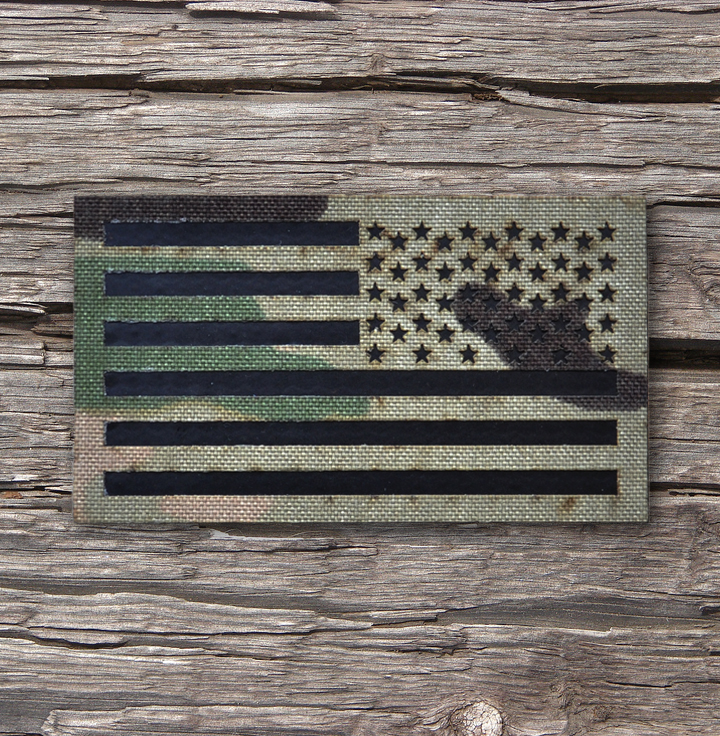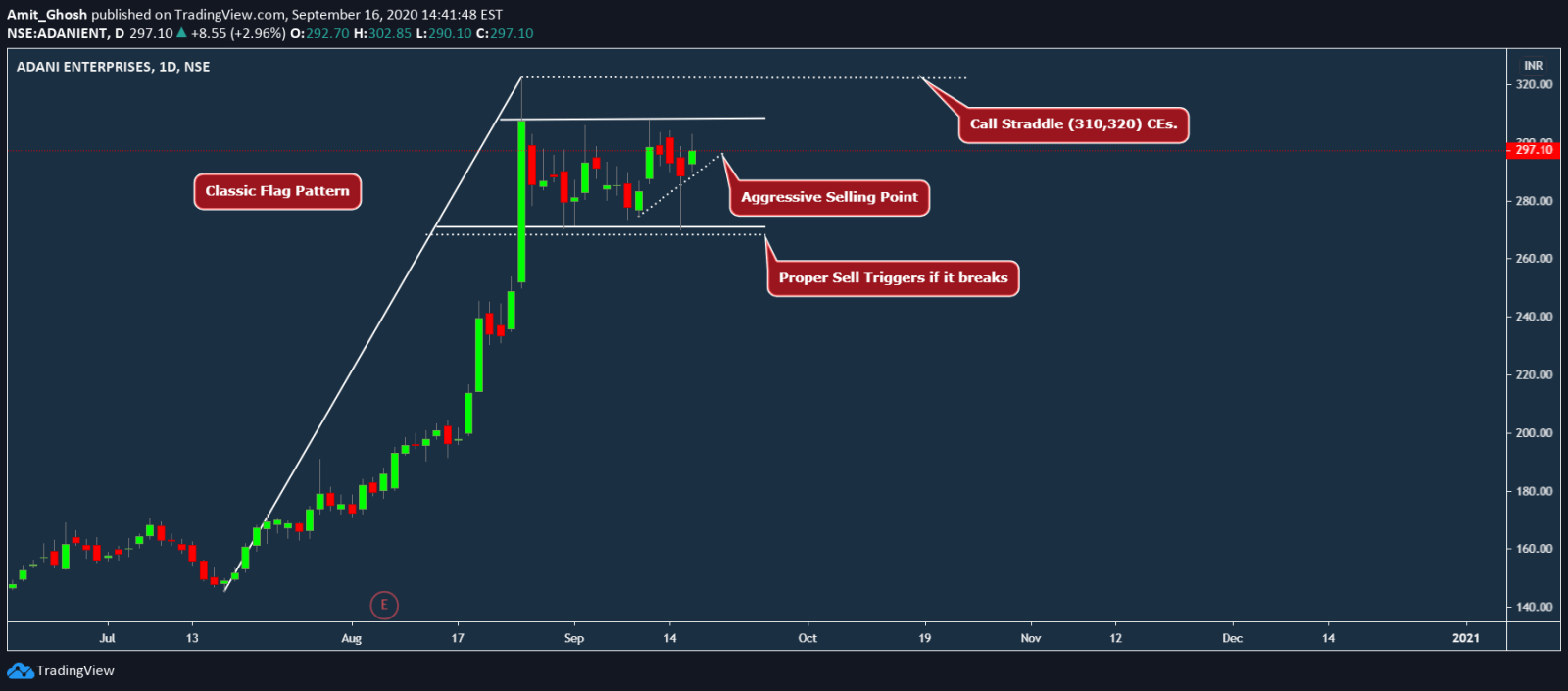
During a consolidation or bear flag pattern, the volumes are supposed to be diminished, meaning the market can't reverse the price. A high-volume market in a downtrend means the bears are strong enough to pull the price down.

Volumes are the best indicator to confirm the flag pattern. You can also apply indicators that will provide additional confirmation. The bear flag is fully formed if the price breaks below the support (the bottom line of the pattern). If the figure resembles the flag, it's more likely the bear flag. Draw parallel lines on the tops and bottoms of the candlesticks that consolidate. Wait until the price starts consolidating (in most cases, it'll move up). If the price moves sharply down, it's a sign of a possible flag pattern. The bear flag occurs only in a downtrend.
REVERSED FLAG PATTERNO HOW TO
How to Identify the Bear Flag PatternĪlthough the pattern seems simple, the key to a successful trade is to identify it correctly. Also, if you're a newbie, it may be challenging to identify it on the chart. However, it doesn't appear on the price chart often. In general, the flag pattern has many benefits for traders.

It works for any trading asset and at almost any timeframe.Įnsures traders the downtrend will continue Traders use the bear flag pattern to define not only the market's direction and entry and stop levels. Like any other instrument, the bear flag has advantages and disadvantages. On the daily chart of the USD/JPY pair, we can see a clear bear flag pattern.Īnother example is the USD/CAD pair and its 4-hour timeframe. The pattern can be easily found on different timeframes and for any trading instrument. Bear Flag Chart Pattern: A Real Example on Forex Thus, you can open a short position as soon as the price breaks below the flag's bottom line. The pattern tells you that the price will keep moving down. The pattern alerts traders that the market will keep moving in the same direction it followed before the consolidation. The bear flag is a type of flag pattern that occurs within the downtrend. If you can draw two parallel lines on the tops and bottoms of candlesticks in consolidation and the figure resembles the flag, it's a bear flag pattern. In this case, if you identify a bear pattern, you can be sure that it's just a short-term consolidation, and the trend will continue. The trader has doubts whether it's a reversal up or just a short-term consolidation. More often, the market starts trading upwards. Imagine the price drops, the consolidation starts, and the candlesticks move within a narrow range. The bear flag can be drawn in strong downward movement or sell-off circumstances. Let's talk in-depth about the bear flag pattern. Now you know what the flag pattern looks like. What Is the Bear Flag, and How Does It Work? Place an order below the support line in a downward trend and above the resistance in an uptrend. The main rule that applies to both types of flag patterns is to trade in the previous trend direction. Place an order below the support line in the downward trend and above the resistance in the upward trend. The flag pattern's trading rule is to trade in the direction of the previous trend.

Sell after the bear flag if the bull flag appears on the chart, it signals a buying position. The breakout of these lines confirms the pattern and serves as an entry point for the future position. The flag has two parallel trendlines, which work as support and resistance levels. This pattern has two types: bull and bear. The flag pattern occurs in times of a sharp price movement and is performed by short-term consolidation. Traders like this tool because it can be found in different timeframes and for all trading instruments. The pattern is widely used by traders as it precedes and confirms the continuation of the current trend.Īmong plenty of patterns, it's considered to be one of the most reliable ones. The flag is a short-term continuation pattern that has two types: bear and bull. Still, any period will be much shorter than the overall trend. The period of the flag depends on the timeframe you trade. We call it so because it doesn't last for long. The flag is a short-term continuation pattern. Continuation patterns occur within a certain price movement and alert traders that the trend will continue. Reversal patterns signal a trend reversal. Start with the Basics: What Is a Flag?Ĭhart patterns are divided into two major groups: continuations and reversals. Here, we'll talk about the bear flag pattern that signals a downside movement with real examples and tips on how to use them to make your trades successful. A bear flag is a tool with features that can create additional challenges for traders.


 0 kommentar(er)
0 kommentar(er)
